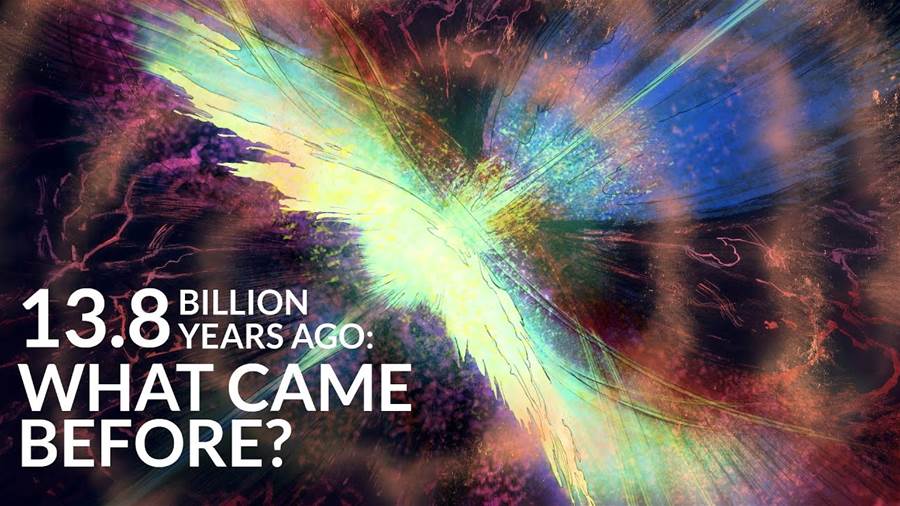
The Big Bang theory is an explanation of how the universe began and evolved. It suggests that around 13.8 billion years ago, all matter and energy in the universe were compressed into a single incredibly dense and hot point, known as a singularity. In an event known as the Big Bang, this singularity began to rapidly expand and cool, giving rise to the universe as we know it today.
According to the Big Bang theory, the expansion of the universe is ongoing. Over billions of years, galaxies, stars, and planets formed from the matter and energy released during this explosive event. This theory is supported by various lines of evidence, including the observation that distant galaxies are moving away from us at tremendous speeds, and the detection of cosmic microwave background radiation, which is the afterglow of the intense heat from the early universe.

One of the key concepts in the Big Bang theory is inflation. This refers to a brief period of extremely rapid expansion, which occurred within a fraction of a second after the initial explosion. Inflation helps explain why the universe appears to be so uniform and why galaxies are distributed the way they are.
While the Big Bang theory provides a comprehensive explanation for the origin and evolution of the universe, there are still some mysteries that remain. For example, what caused the singularity to exist in the first place? What was happening before the Big Bang? These questions are still subjects of ongoing scientific research and debate.
In recent years, scientists have made significant advancements in understanding the nature of the universe's beginning. The discovery of the Higgs boson particle in 2012, for example, provided further support for the Big Bang theory. However, there is still much to learn, and scientists continue to study phenomena such as dark matter and dark energy, which make up the majority of the universe but remain largely unknown.
In conclusion, the Big Bang theory is the leading explanation for the origin and evolution of the universe. It suggests that the universe started from a dense and hot singularity, which rapidly expanded and cooled, leading to the formation of everything we see today.








